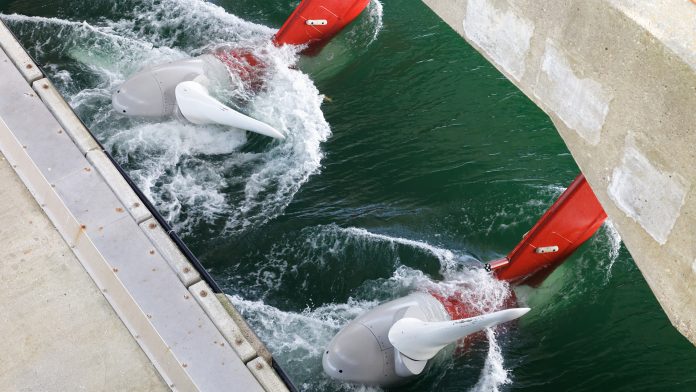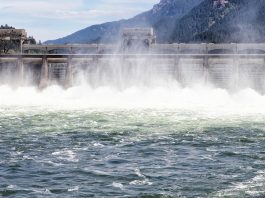The US Department of Energy (DOE) has announced it will fund $15.5m towards two innovative marine energy projects.
With an emphasis on developing tidal and river current energy resources, these projects aim to contribute to a cleaner, more sustainable future for the US by leveraging the nation’s marine energy potential.
Tides and currents provide a predictable source of energy that the DOE says can help balance other renewable sources to establish a fully decarbonised energy grid.
US Secretary of Energy Jennifer Granholm emphasised the importance of marine energy in providing clean, reliable power to rural and remote communities: “With marine energy, we can sustainably harness the power of the ocean and rivers, providing rural and remote communities with clean, reliable power.
“The projects announced today are part of the largest investment by the federal government to advance the technology to capture energy from ocean tides and river currents while helping decarbonise hard-to-reach coastal communities across the country and increasing their energy independence and resilience by increasing use of locally generated energy.”
Plans to advance US tidal energy
The announcement included details of the first phase of a $35m investment from the Bipartisan Infrastructure Law dedicated to supporting tidal energy projects.
This phase aims to transition from single device testing to array testing, a crucial step toward commercial viability. Two projects were selected, and they will receive a combined $6m to develop tidal energy research, development, and demonstration pilot sites.
OPALCO’s tidal energy turbine
Led by Orcas Power and Light Cooperative (OPALCO) in Washington State, this project plans to deploy a tidal energy turbine in Rosario Strait.
Expected to produce about two megawatts of power, OPALCO aims to establish a reliable and resilient local power supply for San Juan Islanders.
ORPC’s tidal energy devices
Based in Portland, Maine, ORPC aims to deploy two tidal energy devices off the coast of the remote area of East Foreland in Alaska’s Cook Inlet.
These devices, with a power production capacity ranging from one to five megawatts, aim to demonstrate the feasibility of tidal energy projects in the region.
Throughout the initial competitive phase anticipated to span one year, both projects will assess potential sites and develop comprehensive strategies encompassing licensing, environmental surveillance, site safety, commercialisation plans, stakeholder involvement, community advantages, procurement strategies, and technology vetting and validation.
The culmination of this phase will involve the submission of requisite license and permit applications to regulatory bodies. Upon completion of the initial phase, the DOE will designate one project to advance through the subsequent four phases, with the potential to secure up to an additional $29m in funding.
These subsequent phases will encompass testing and operational deployment of the tidal energy technology.
Empowering local communities through river energy
The DOE also announced a $9.5m investment in a community-led river current energy project.
This initiative, led by the University of Alaska Fairbanks’ Alaska Center for Energy and Power, focuses on accelerating the development of current marine energy technologies in the Yukon River and Alaska Native communities.
The project aims to identify and develop technology appropriate for these communities, removing barriers to the development of river-based hydrokinetic energy projects.
The funding allocated by the DOE represents a significant step towards achieving the US’ goal of a 100% clean energy grid.









